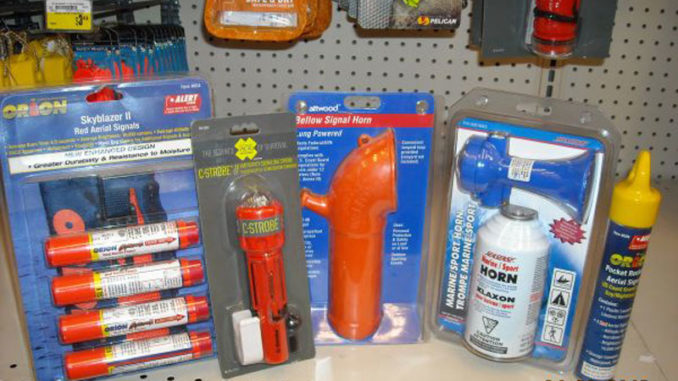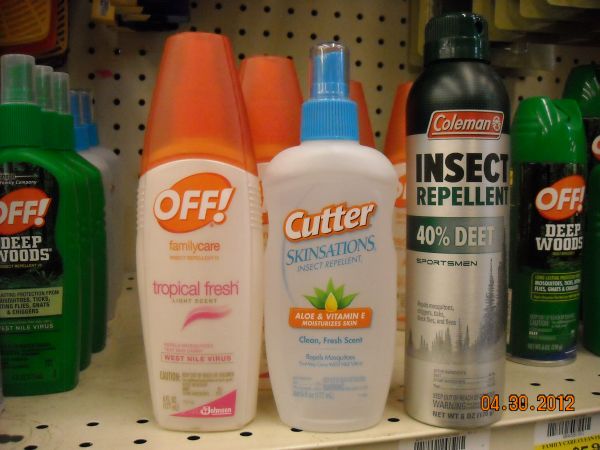
As a field agent in the ’80s, my duties included boating patrol in Rapides and Avoyelles parishes.
My home was very near Kincaid Lake in Rapides Parish. Kincaid is a very pretty lake, and patrol on its clear, clean water was always more pleasure than work.
An elderly gentleman fished the lake from his red-and-white boat, and he was one of the regulars, seen on the lake frequently.
One day I was dispatched to Kincaid for a stranded boater needing assistance. It seemed a little odd to be called out for a rescue on a Saturday morning with perfect boating weather; under those conditions most boat problems were handled by boaters themselves with a tow to the landing, usually provided by another boater.
But after launching and getting to the scene, I understood the call for assistance.
There was the old fisherman in his red-and-white boat, sitting low in the water. Another boat floated nearby, and two men were in the water holding on to the side of the red-and-white boat.
One of the men held a handsaw.
When I got alongside the problem was easy to see.
Kincaid is a manmade reservoir with dense stump fields in the areas flooded during construction. Many of the trees had rotted down to the waterline until all that remained were stumps just below the surface.
Mr. Red-and-White Boat had been fishing in this stump field just off the edge of open water when a passing boat sent the waves of its wake his way.
The lift-and-fall motion caused by the wake resulted in his boat bouncing up and down on a sharp, pointed 4-inch stump just under the water. That stump punched completely through the fiberglass hull of his boat, almost dead center.
He had tried motoring off the stump (which would have resulted in a rapid sinking), but was solidly impaled.
His two rescuers had seen the situation and gone to shore for the handsaw, and made the call for help.
We looked the situation over and agreed the best course of action was to pack some rags around the stump, saw it off below the boat and make a run for the landing.
Sawing the stump off was a tough proposition because it required taking a breath, going under and sawing a few pulls before coming up for another breath.
But those two men did it, and as soon as he was cut free the old fellow got the boat under way and we took off.
Unfortunately the stump (now serving as a plug) popped out of the hole, and the boat began taking on water far faster than the bilge pump could handle. But he nearly made it to the landing before requiring a tow, and we did get the boat to shore before it completely sank to the waterline.
It was the most unusual stranding I ever saw.
Not all strandings have happy endings, however, and few take place under ideal conditions.
If your luck is like mine, it will be right at dark in lousy weather when no one is around and the cause is not anything we can fix.
But proper planning and a few extra items in a storage compartment can make a big difference in the outcome.
Everyone will take along the cell phone, and it is now very common to get the call for rescue complete with GPS coordinates directly from the stranded boater.
But don’t rely totally on the cell phone. They get wet, get lost and batteries go dead, not to mention remote areas with no service. Keep it in dry storage; a simple zip lock bag will do.
Don’t forget the distress signals, both visual and sound-producing. We are not legally required to carry them in inshore waters on Class A and Class 1 pleasure boats, but it is still a good idea to have them on board.
Other items we should always have on board may not be rescue gear but can make the wait for help more comfortable. Keep some dry clothes on board, along with rain gear, a first aid kit and drinking water.

Be sure to include a flashlight and insect repellant. I recall a phone conversation with a lady following a rescue by wildlife agents. She and her husband had been stranded at dusk in the marsh, and they were very grateful for the rapid response and rescue.
She told me her biggest fear had been a long night being eaten alive by mosquitoes. Can’t say I blame her.
In my search and rescue (SAR) experience, two factors have determined successful outcome in water rescue.
The first is a float plan. This is simply letting someone know where you are going and when you expect to return.
Late one Sunday night, I received a phone call from a worried dad. His son and a friend had taken the family boat and gone on an afternoon fishing trip. They should have been home around dark but had not shown.
The father knew where they had launched and where they planned to fish in the Saline/Larto area. He met another agent and me at the landing, and we boated to the area where the young anglers planned to fish. It was not long before we spotted a flashlight and found the missing boys. They were out of fuel but otherwise safe and sound.
The other factor in a successful rescue is staying where you are until rescued. On more than one occasion, failure to do so has resulted in death.
I will never forget a tragedy on Catahoula Lake one duck season. Two young men went for an afternoon duck hunt and motored out to the duck blind.
We will never know for sure how it happened, but sometime during the hunt they lost the boat. It either drifted away from the blind or they sank it trying to retrieve downed ducks in the windy conditions.
But the clothes and gear in the blind told the rest of the story. They decided to swim for shore several hundred yards away. After donning PFDs, they entered the cold water — where hypothermia ended their lives. Their bodies were recovered after several days of searching.
Had they remained in the blind out of the water and relatively warm and dry, survival was guaranteed.
The essence of outdoor recreation is getting away from the crowds and off the beaten path. We take pride in the ability to be self-reliant, and in knowing enough about our selves and our equipment to get there and back safely on our own.
Knowing what to do when it all goes south instills confidence and makes boating all the more enjoyable.


